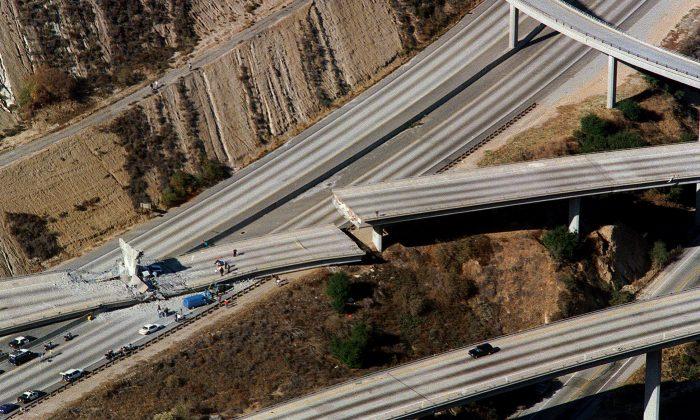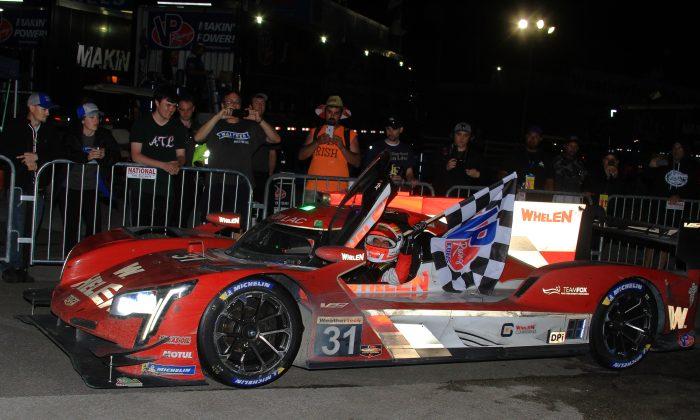An article published Jan. 30 by The Conversation has started quite a few conversations about ‘The Big One.’
The report outlines a lower probability of smaller quakes—but an increase in the likelihood of ‘The Big One’ when compared to the previous 2007 forecast report.
Forecasters estimate that the probability of an earthquake of magnitude 6.7 to 7.0 or greater hitting California by 2045 is upwards of 93 percent—and a quake of at least 6.7 magnitude is a virtual certainty.

The expectation of a magnitude 8 quake or greater since the last 2007 report has jumped from under five to seven percent. The odds of at least a 6.7–7 quake have skyrocketed.
As the report repeats a couple of times, “California is earthquake country.”
California straddles two tectonic plates, the North American and Pacific plates. These two tectonic plates, huge slabs of rock floating on a layer of magma, are constantly grinding against each other.




But the longer the plates push without giving, the greater the pressure build-up in the fault line between them
That pressure has been building for over a century along the northernmost reaches of the San Andreas fault. There hasn’t been an event of magnitude 7 or greater since the San Francisco earthquake of 1906.
The Hayward fault, which underlies the highly urbanized East Bay region, hasn’t had a severe tremor since 1868.
The situation is even more worrying south of the Bay area.
The south-central section of that fault system has not seen major motion since 1857, and the southern end has not released its pressure since 1680.
Based on how long the pressures have been building, the Uniform California Earthquake Rupture Forecast was updated.
It looks like big quake is certain to come, and it could come any day now. And according to the report, the longer we have to wait, the worse it is likely to be.
Although earthquakes are still impossible to predict with pinpoint accuracy, the good news is that our understanding and ability to monitor earthquakes continues to advance and the Pacific Coast now has in place an early warning system.
This helps with the planning of earthquake readiness and resource commitments in the communities at risk to mitigate risks and prevent loss of life in the event of a major quake, Aster explains.
But with such a big gap in time between big quakes, community readiness for such disasters poses a more difficult challenge to address.






Friends Read Free